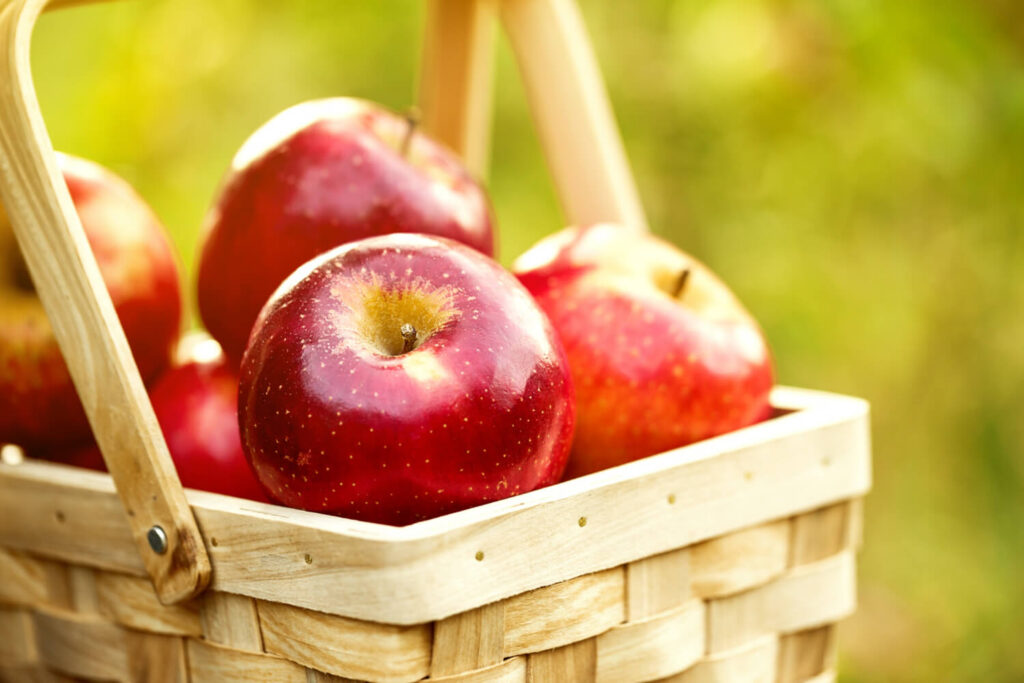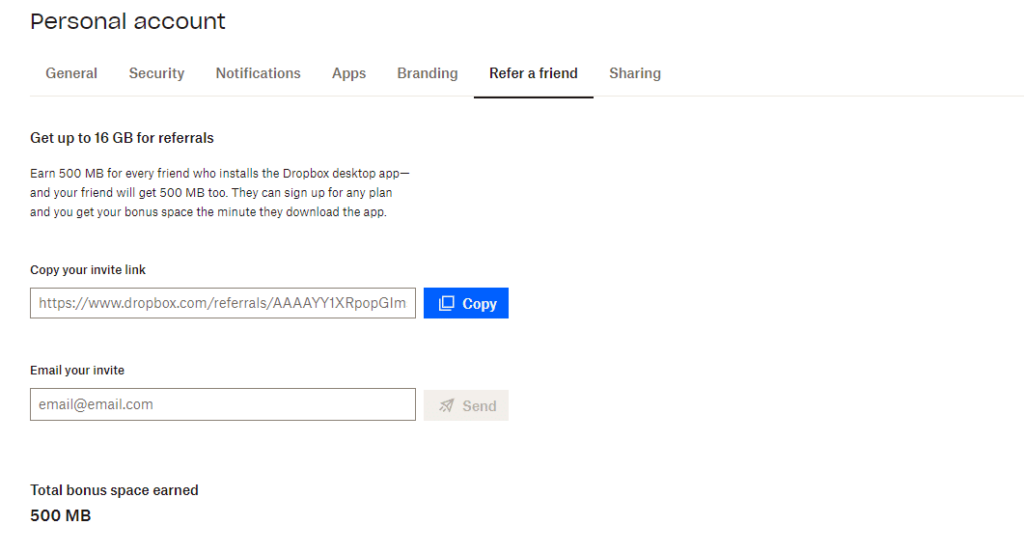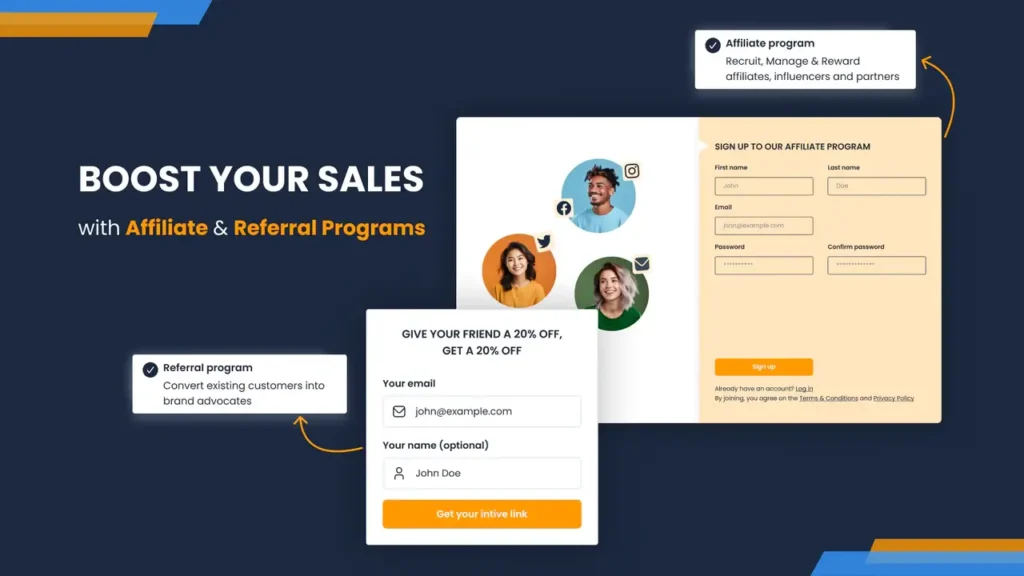What is a referral code? Well, let’s start with a short story below…
Let me introduce Tom and Harry.
Tom sells apples for $4 each. But at the end of the day, Tom rarely sells out apples and he wants more customers.
Tom decided to work with his friend Harry – a well-connected merchant in the neighborhood. Harry will help to tell people about how good Tom’s apples are, and in turn, he gets $1 for each apple sold.
Word-of-mouth marketing!
But, how would Tom know if the customer came from Harry’s recommendation?
That’s right, a code, or to be exact, a referral code. They finally consent that the code is “Friend-of-Harry”.
It is the primitive version of the Referral Code. For thousands of years later, we still do follow Tom’s strategy.

What is a Referral Code
A referral code (or referral ID) is a special code that you can share with friends. When they use it to make a purchase, both you and your friend may get rewards, like discounts or gifts. It’s a way for companies to incentivize word-of-mouth marketing.
A referral code code can be made of numbers, letters, or a mix of both and it is different for every referrer.
As an e-commerce store owner, you would provide these referral codes to people who wish to participate. These referrers then share the code with their friends, family, or followers, who can redeem it for discounts and other incentives.
Sometimes the code could be a personalized one like “FRIENDOFHARRY”. But imagine that your business connects with over 2000 referrers and 50 of them name HARRY, you will find no way to distinguish them all.
So, to let your referral program run thoroughly, the referral code needs to be unique… A modern-day referral code, normally, is a unique combination of letters and/or numbers like “XFASS3D89”.
This approach ensures that every successful referral is accurately tracked. Whenever a new customer completes a purchase using a referral code, your business can identify the referrer responsible for the referral and promptly deliver their commission.
Examples of Referral Codes
Airbnb is renowned for a case study about its referral strategy. They use referral codes as a way to identify who referred a new customer to Airbnb.
Airbnb uses a combination of the user’s name and some numbers to make a unique code for each user. This code can be shared with friends or family to earn rewards for both the referrer and the referee.
Another case in which referral codes changed the whole business is the case of Dropbox. The Dropbox strategy offered bonus storage space for users who provide referral links and those who sign in via those links. Since Dropbox runs an online-based business, customers don’t have to enter the code manually but only a copy-and-paste action.
Dropbox’s product “data storage” is like a household need in this digital era so it reached a broad customer base. The reward was integrated into Dropbox’s customer acquisition strategy, resulting in a significant increase in revenue for the brand.

How does a referral code work?
Let’s explore a step-by-step explanation of how a referral code typically works:
- Generate Referral Code: The company provides existing users with a unique referral code, often found within their account settings or in the referral section of the company’s website or app.

- Customer Share the Referral Code: The existing customers/users share their referral code with friends, family, or contacts through various means, such as social media, email, or direct messaging.
- New User Receives the Code: A friend or contact of the existing user receives the referral code and decides to use it when signing up for the company’s service or making a purchase.
- Entering the Referral Code: During the signup process or at the time of purchase, the new user enters the referral code provided by their friend or contact in the appropriate field.

- Rewarding Both Users: If the referral code is valid and meets the company’s criteria, both the existing user (referrer) and the new user (referee) receive their respective rewards or benefits. This could be in the form of discounts, credits, points, or other incentives, depending on the company’s referral program.
By following these steps, referral codes serve as a mutual benefit system, incentivizing existing users to promote the company’s products or services to their networks while rewarding both parties for their participation.
Referral link: the digital version of the referral code
A referral link is a unique URL containing a special code. When shared and clicked, it tracks referrals. If someone signs up or buys via the link, the referrer often receives rewards.
In other words, a referral link is essentially the digital version of a referral code.
Think of it as a special web address that contains a hidden code. When you share this link with your friends and they click on it, the code is automatically applied when they sign up or make a purchase.
Yes, you do not have to manually enter the code as usual.
Using a referral link makes it easier for users to share and for new users to sign up or make a purchase. Plus, it also helps track referrals more accurately, as the system can detect when someone uses the referral link to access the company’s website or app.
When is the right time to issue referral codes to your customers?
Businesses usually give out referral codes as part of their referral programs. Customers might get these codes through email, social media, or directly from the company’s website or app. Sometimes, companies run referral marketing campaigns or special promotions to encourage existing customers to refer new ones.
A post-purchase pop-up to recruit advocates is a favorite tactic of many brands. As satisfied customers are more likely to recommend brands they love, a post-purchase pop-up may result in higher conversion rates and lower acquisition costs.

See more tips to get more referrals here: 08 Ways To Get More Referrals
Make your referral marketing professional
While not strictly necessary, launching a referral program is highly recommended, especially for businesses with lots of customers and referrals.
Why?
Tracking everyone who joins the program and every friend they refer can be a big deal. Imagine you have like 2,000 brand ambassadors.
And each ambassador referred 10 friends.
You have to remember to reward them promptly.
Even with a simple referral marketing campaign, there’s a lot of stuff to manage.
So, make your referral marketing professional with our referral management app…
- Referral programs automate most of these tasks
- Ensure rewards are sent out on time
- Build more loyalty and trust with customers.
- Integrated seamlessly with Shopify.
Get all of those paying less than your lunch. Plus, BixGrow is a 2-in-1 marketing app that can host both referral marketing & affiliate marketing. Recruiting your brand’s advocates like never before.

Bottom Line
Referral codes are a must in a successful referral marketing program in e-commerce. It helps businesses to track referrals, boost brand reputation, and most importantly, foster customer relationships. If you are a beginner, it may take time to optimize and harness all the potential of referral codes. However, it is a surefire way to reward your customers for spreading the word and expanding your e-commerce customer base.
Now is the time to seize the opportunity presented by referral codes and unlock the full potential of your e-commerce business.